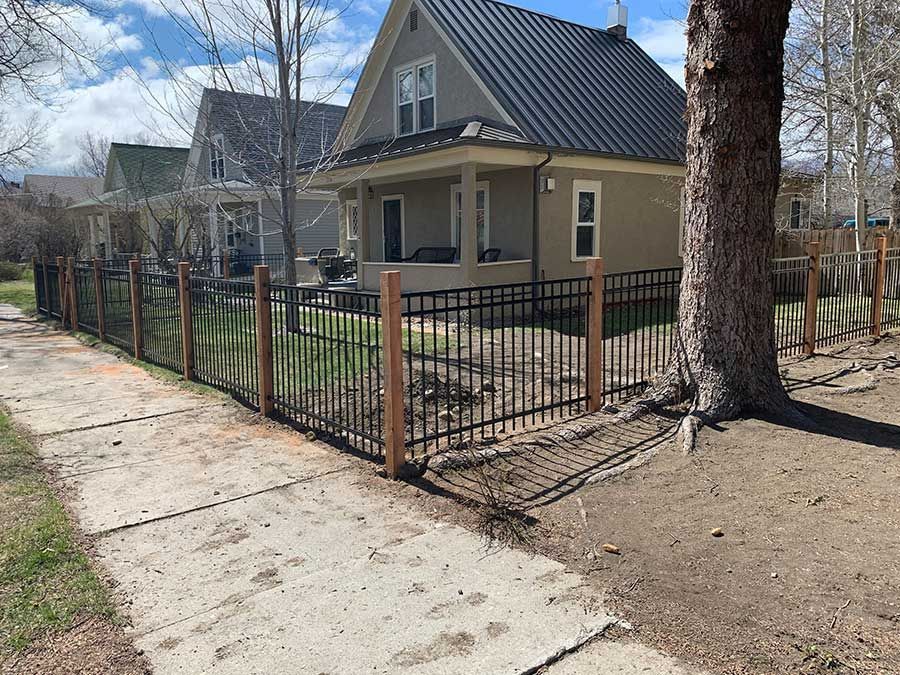Looking for a sustainable fencing option? Discover how continuous panel fencing supports eco-friendly practices.
Sustainable Materials Used
Many continuous panel fences are made from sustainable materials like recycled steel, helping to conserve resources and reduce waste. This choice supports eco-friendly practices and the circular economy.
The Long-Lasting Benefits of Continuous Panel Fencing
Steel panels in continuous fencing are incredibly durable, meaning they don’t need to be replaced as often as wood fences. This leads to less waste and a smaller environmental footprint.
The Green Production Methods Behind Continuous Panel Fencing
Advancements in manufacturing technology have made it possible for many fencing companies to reduce their environmental footprint. Some eco-friendly practices include:
- Energy-Efficient Production: Utilizing processes that consume less energy during fabrication.
- Minimized Emissions: Employing cleaner technologies to lower greenhouse gas emissions.
- Waste Reduction: Recycling scraps and byproducts during the production phase.
Make sure to ask about a manufacturer’s environmental practices when choosing your fence, as sustainability matters at every stage.
How Continuous Panel Fencing Supports Local Ecosystems
Choosing continuous panel fencing not only benefits your property but also supports local ecosystems and wildlife. Here’s how:
- Controlled Grazing: Prevents overgrazing, allowing vegetation to recover and thrive.
- Wildlife-Friendly Designs: Can be customized to ensure that local wildlife can safely navigate the area.
- Reduced Soil Erosion: Properly installed fencing helps stabilize soil and prevent degradation in agricultural zones.
Conclusion: The Environmental Impact of Your Fencing Choice
Choosing continuous panel fencing is an environmentally friendly choice that benefits both your property and the planet. From sustainable materials to eco-conscious manufacturing, these fences have a lasting positive impact. Get started today by contacting Montana Fence for more information.
